Partnerships for Nature: insights from Indigenous-led models in Canada
15 April 2025 / WORDS BY Pollination Foundation
read article
London+44 203 355 1556
Sydney+61 2 8313 7109
Melbourne +61 2 8313 7109
Washington +1 872 201 1168
In this second edition of Nature Finance Focus, we highlight a number of models that are helping to unlock and scale nature investment. Some models are well established, alongside others in which we see significant promise and growth. By showcasing these tangible case studies, we aim to provide ideas and options which can be taken up by the global bank or investor, or by the major corporate.
The report also details the findings of our biennial survey of 500 institutional investors across the UK, USA, Australia, Singapore and Japan.
View reportFour years ago, when Climate Asset Management launched as a joint venture between HSBC and recently formed consultancy Pollination, it laid out ambitious plans to become the biggest investor dedicated to natural capital.
08 June 2022 / WORDS BY Lauren Drake
The potential of Blue Carbon as a climate solution has long been known. Seeking to harness this potential, land managers and scientists have spent nearly a decade thigh-deep in mangrove mud, and policy makers have been busy developing and testing incentives and methodologies to underpin blue carbon markets. And it has paid off. We are now at the tipping point where private markets are entering the picture, providing the finance needed to restore magnificent carbon-storing ecosystems at scale. Just last month, Indus Delta Capital and Pollination announced the sale of the first tranche of carbon credits from Delta Blue Carbon in Pakistan – the world’s largest mangrove restoration project in the world.
As Co-chair of the Carbon Market Institute (CMI) Blue Carbon Taskforce I’ve seen this playing out closer to home. Australia has been leading the way in blue carbon for many years, the Australian Emission Reduction Fund approved the first blue carbon method in January, and investor interest is building. This was clearly evident last week, when CMI hosted the inaugural Blue Carbon Investor Forum in Cairns. ‘Forum’ makes it sound a little dry … it was two days out in the tropics (and mud!) seeing blue carbon in action.
We started at the East Trinity Inlet, an area that has been restored from degraded cane farmland to a thriving wetland with a number of mangrove species. The area is managed by its Traditional Owners, the Mandingalbay Yidinji People, as well as the Djunbunji Land and Sea Program. There is clear evidence that fish, crocodiles, snakes and birds are returning to the area and flourishing.
We also visited the protected mangroves next to Cairns Airport, managed by the Yirrganydji Land and Sea Rangers, where we admired centuries-old mangroves from the board-walk (and got a bit too close to the mosquitoes for comfort!). Scientists are building evidence around the immense volume of carbon being stored by the wetland mud, but for the Dawul Wuru People the connection runs deeper than the 12 metre pylons on the boardwalk –it’s about giving back to the system that preserves so much life, and keeping it healthy for future generations.
Beyond the climate potential of blue carbon, there is significant focus on the ‘co-benefits’ that come from blue carbon projects. Although I’ve spent a lot of time discussing and analysing co-benefits in my work, it’s rewarding to see them come to life. Based on what we saw and heard in Cairns, I’m incredibly optimistic about what comes next in blue carbon.
Credit and thanks to Rob Parsons for all images.
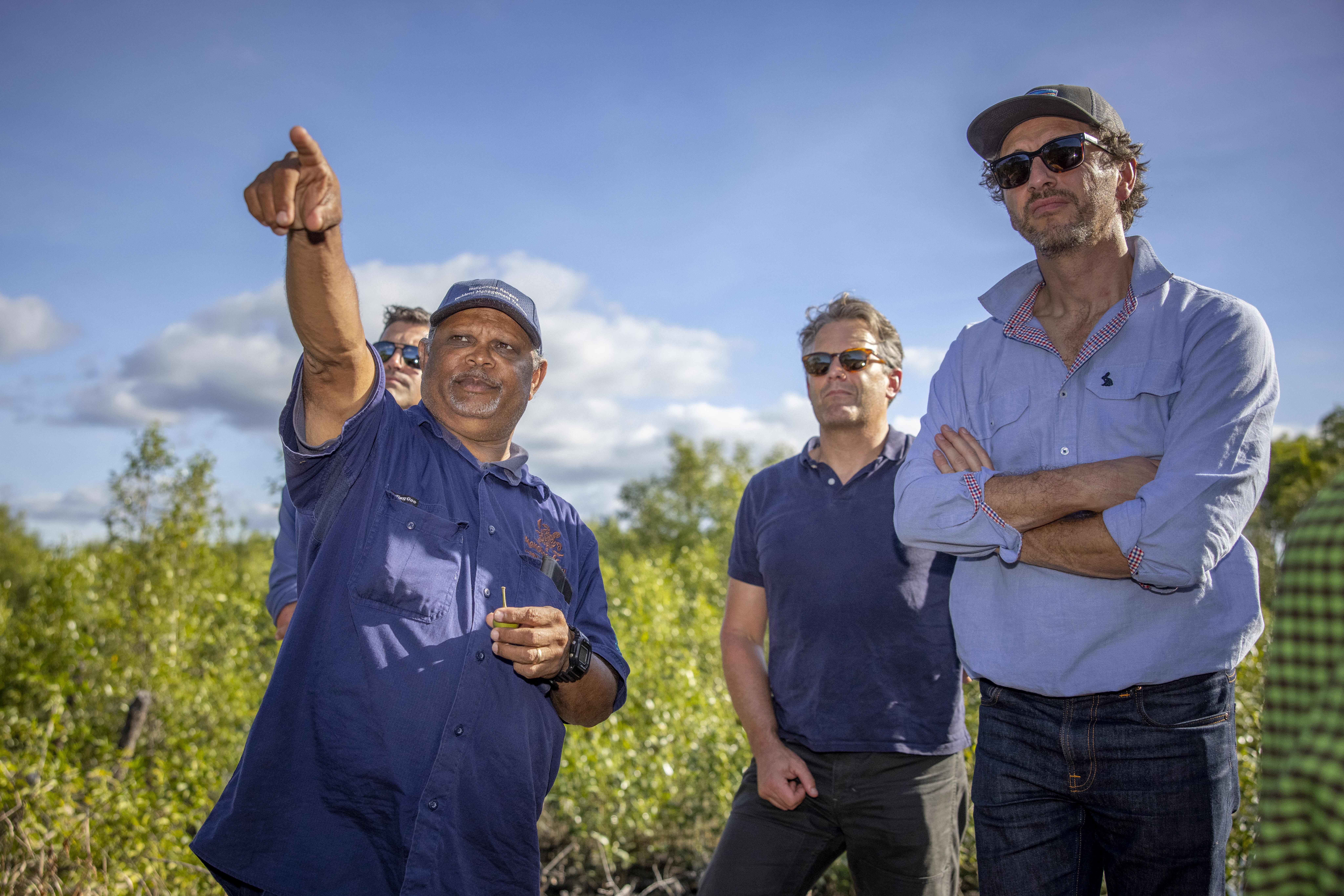
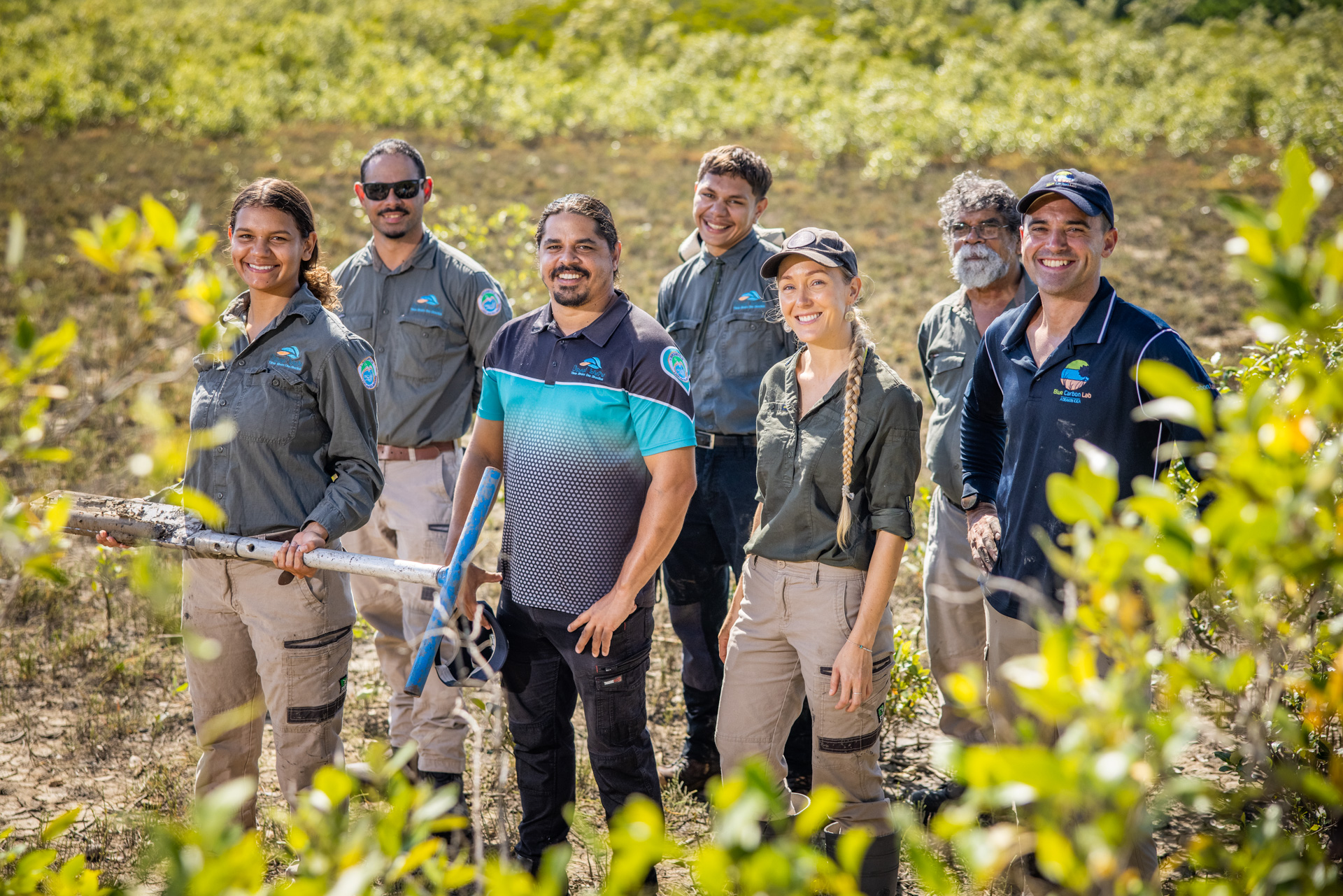
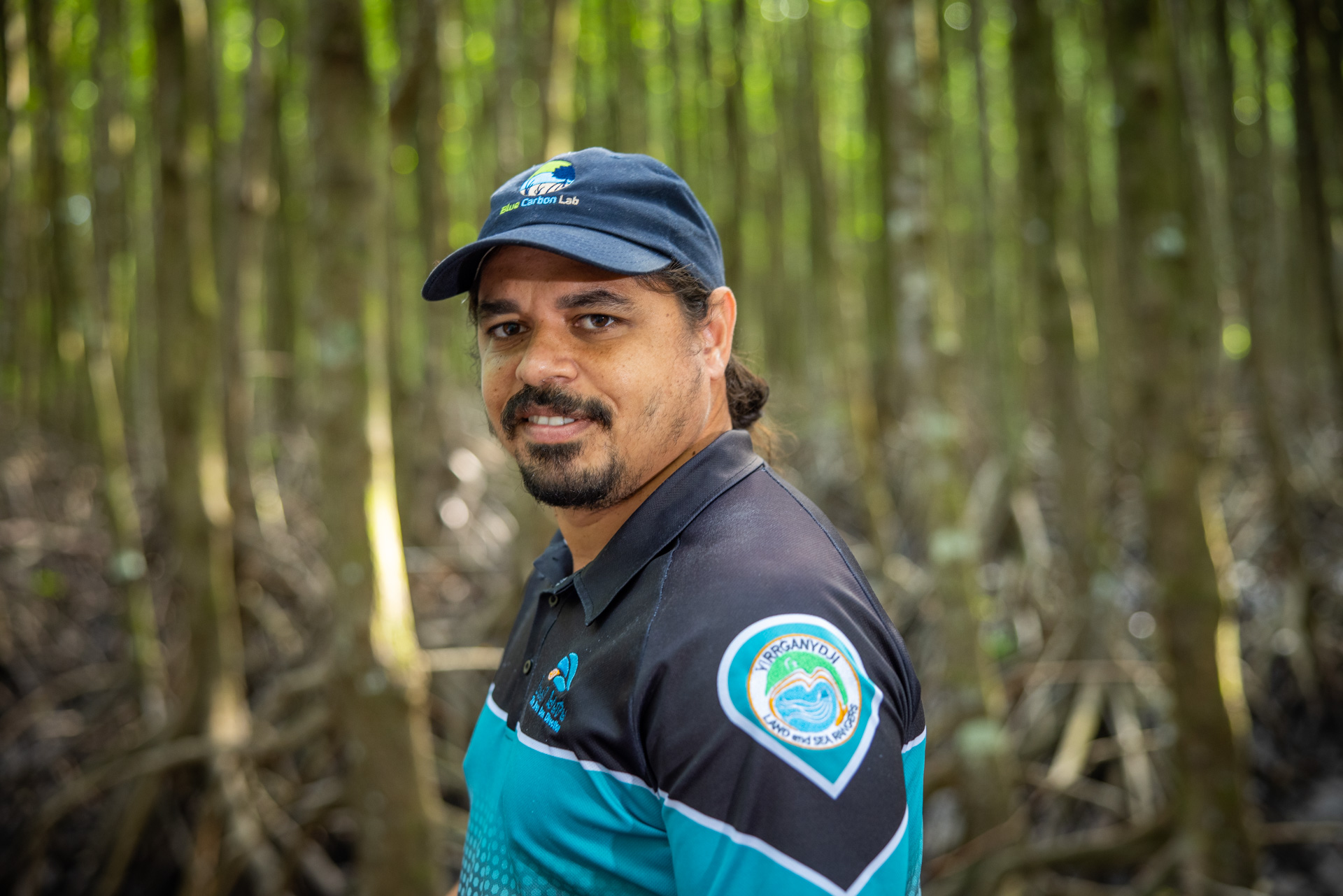
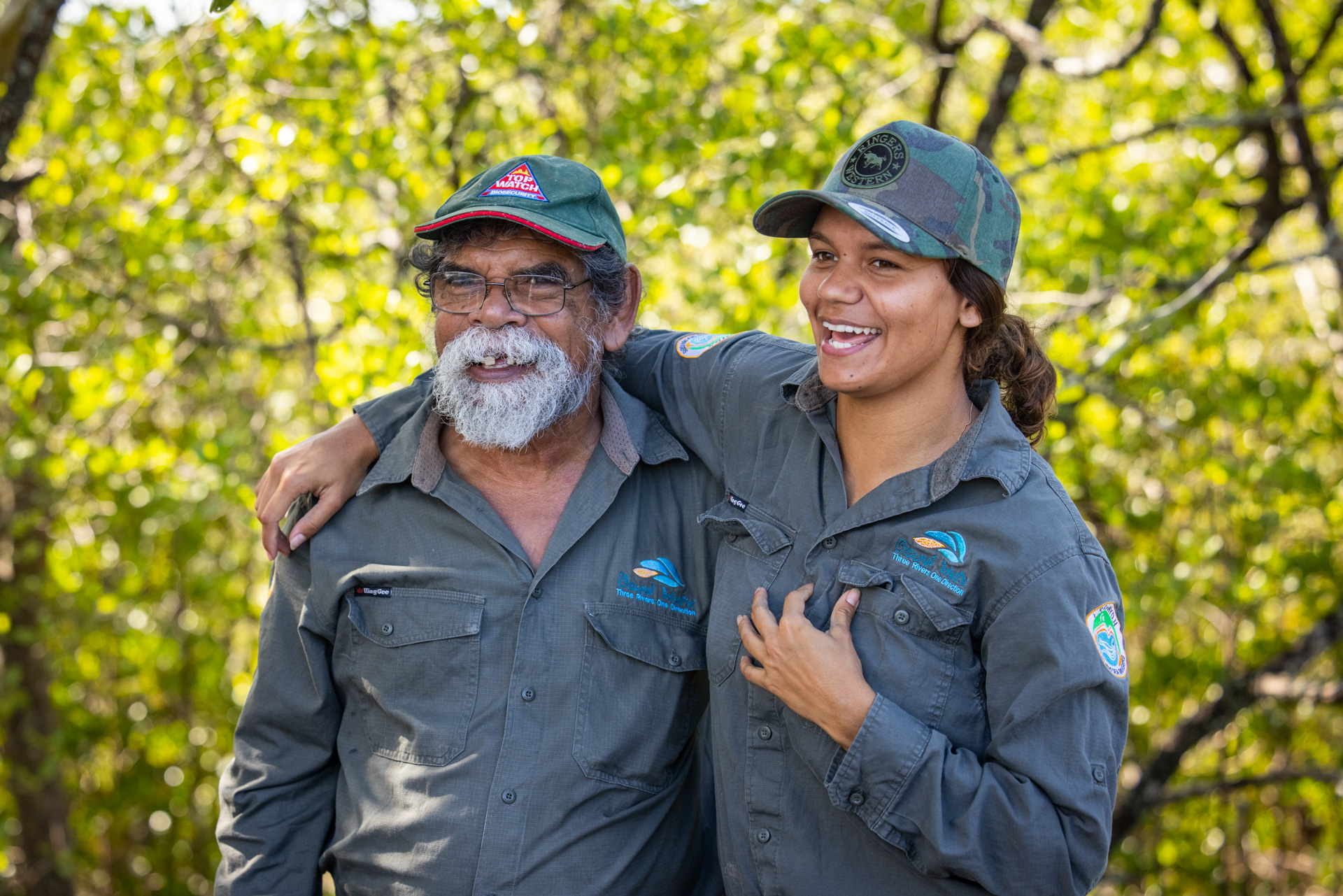
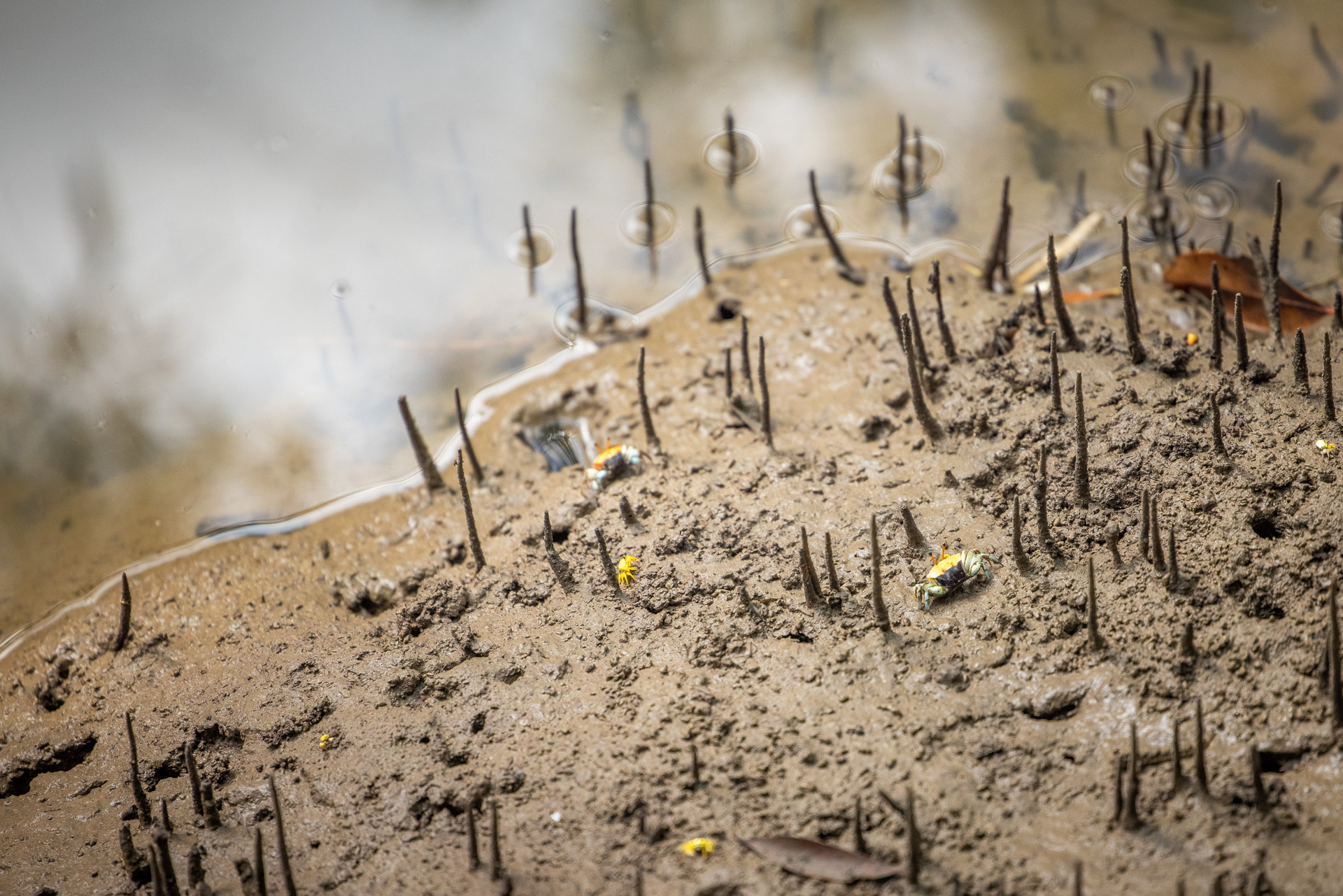
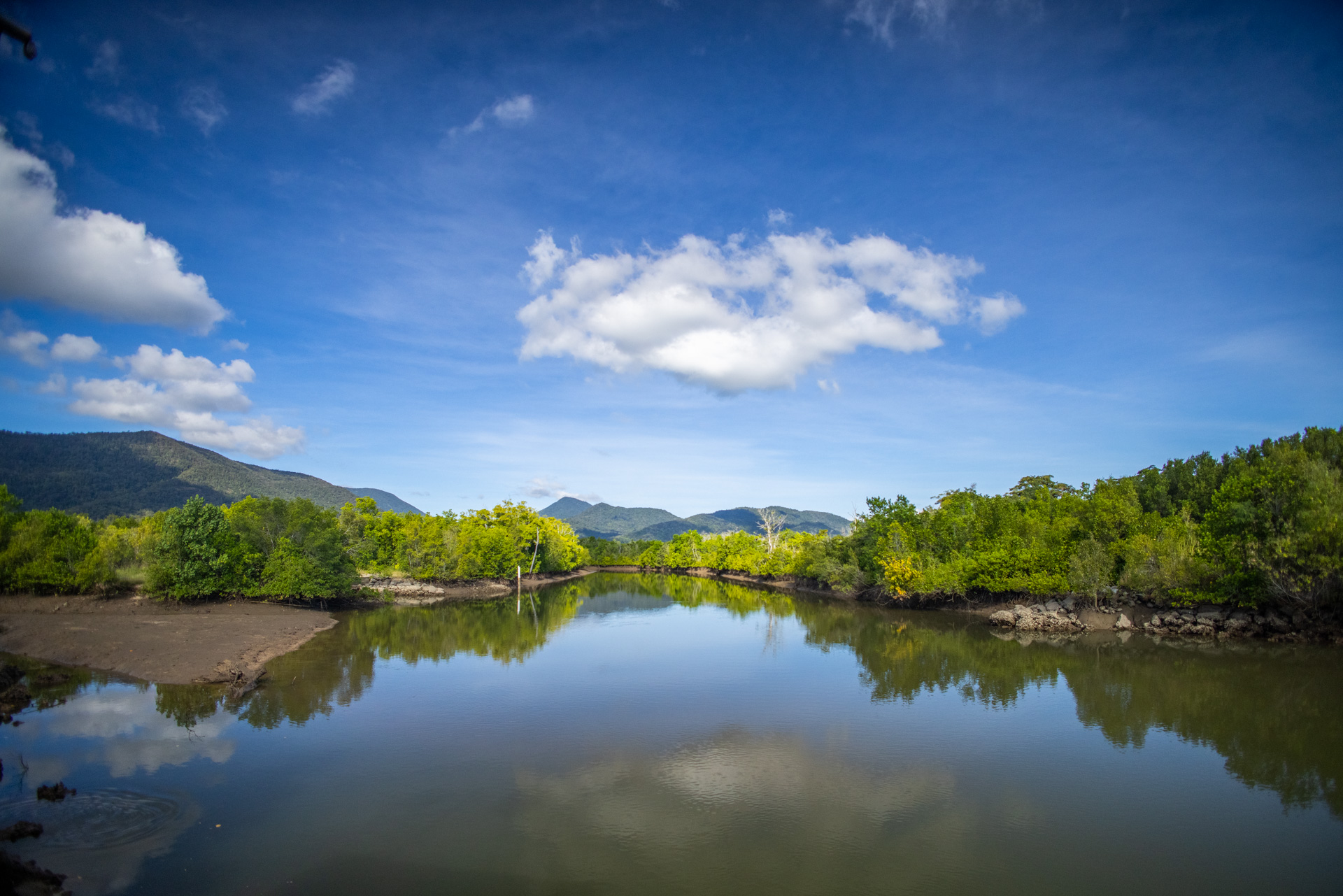
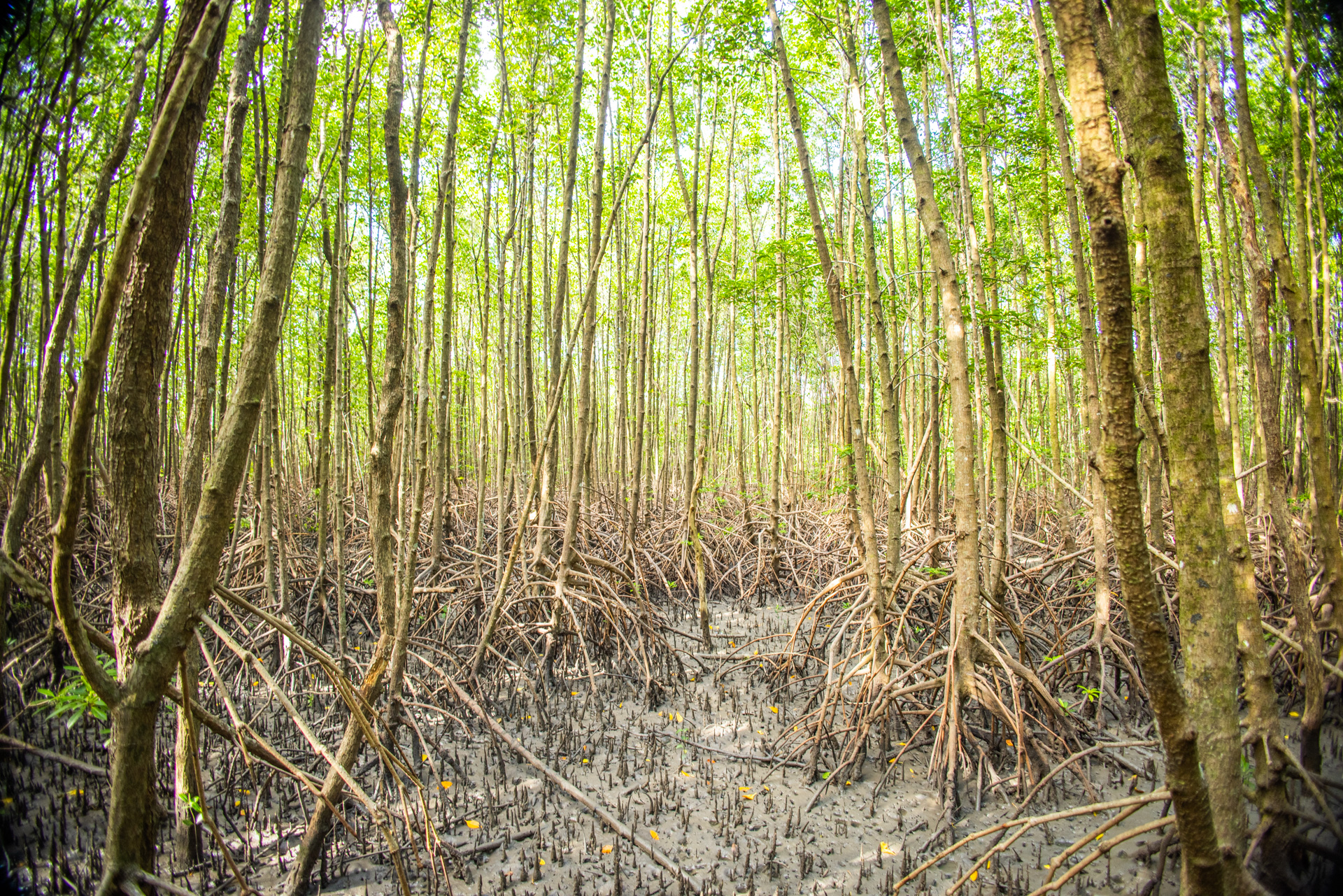
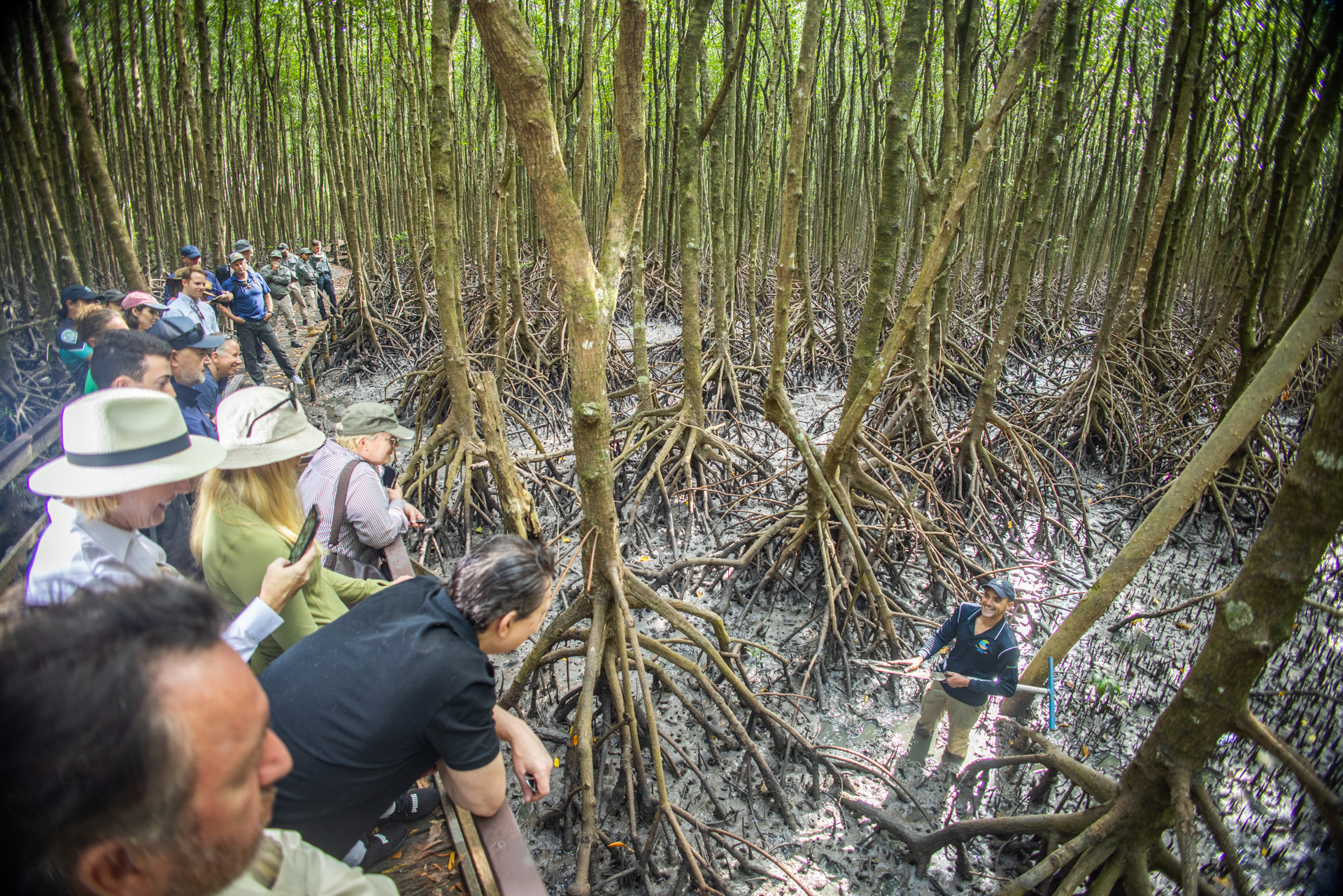
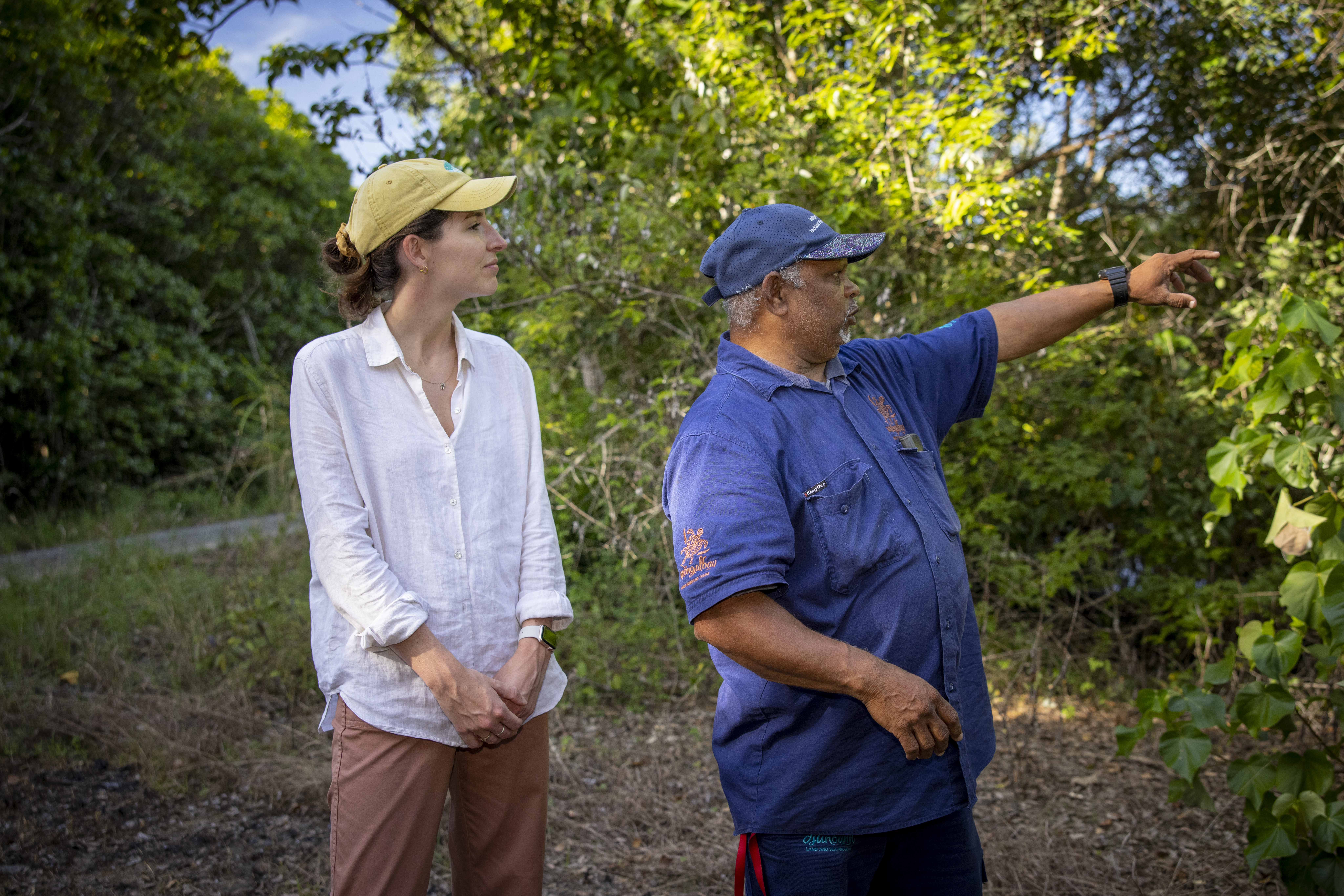
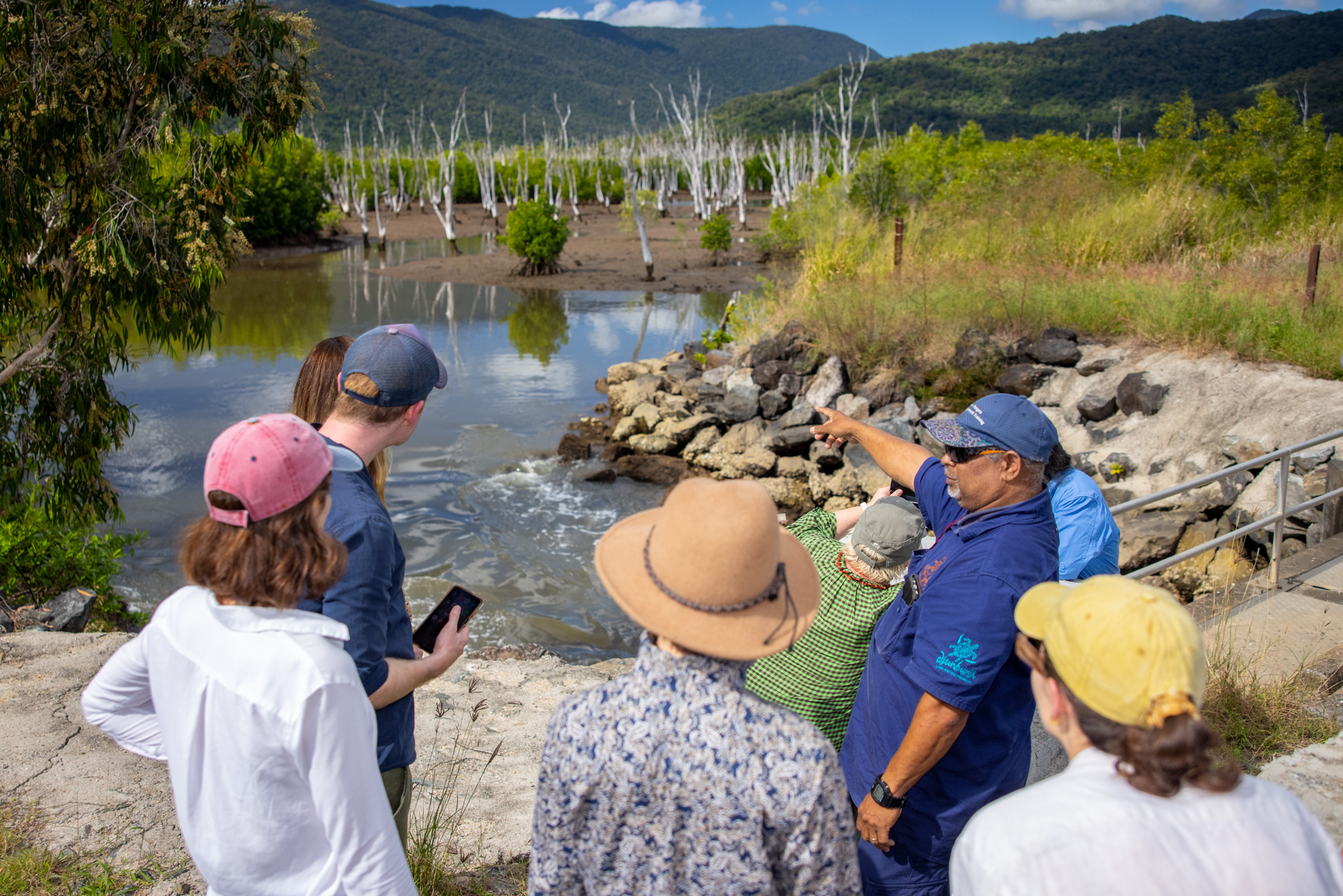
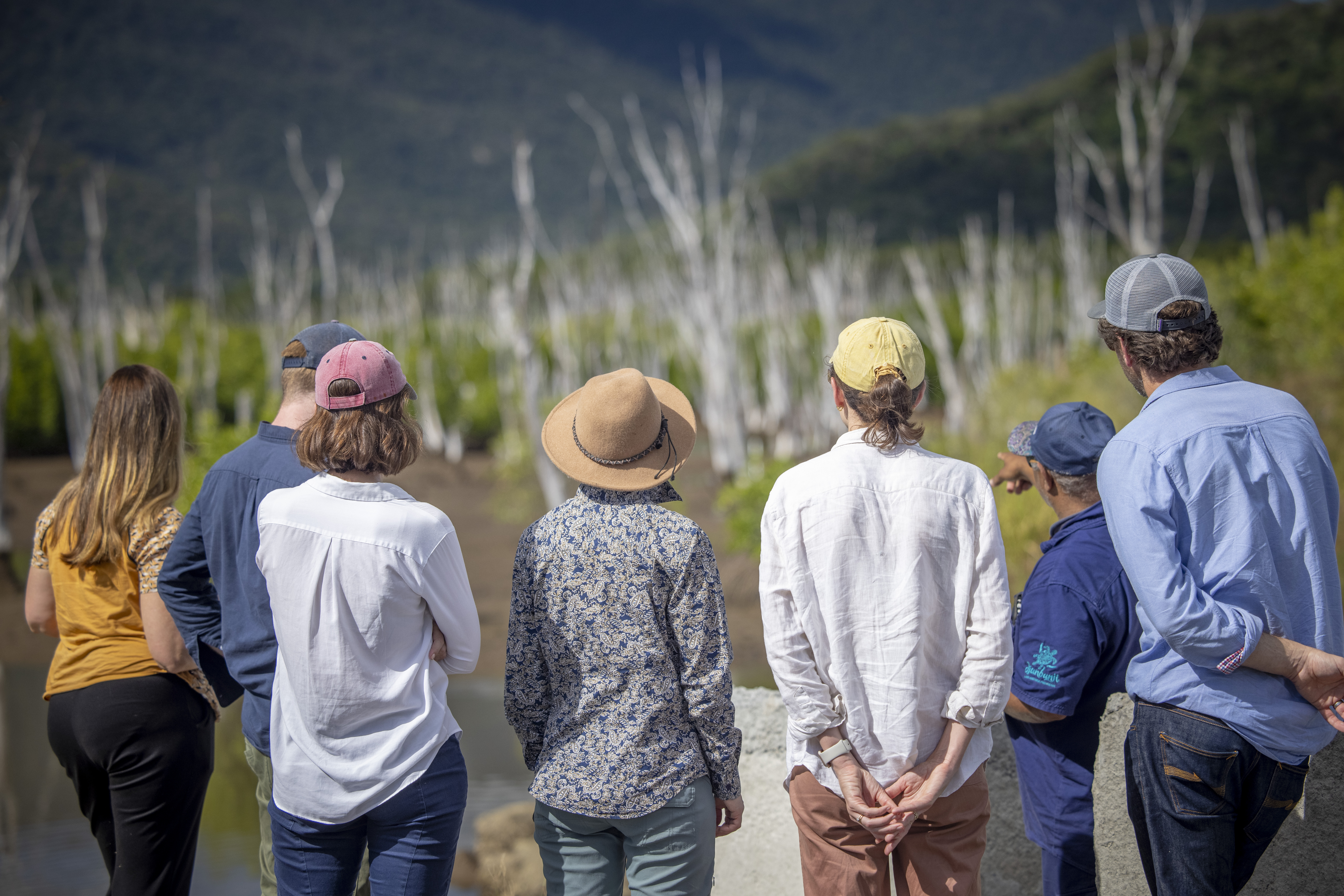
15 April 2025 / WORDS BY Pollination Foundation
read article
Receive latest news and global perspectives from Pollination.
By clicking submit, you agree to our Terms & Conditions.